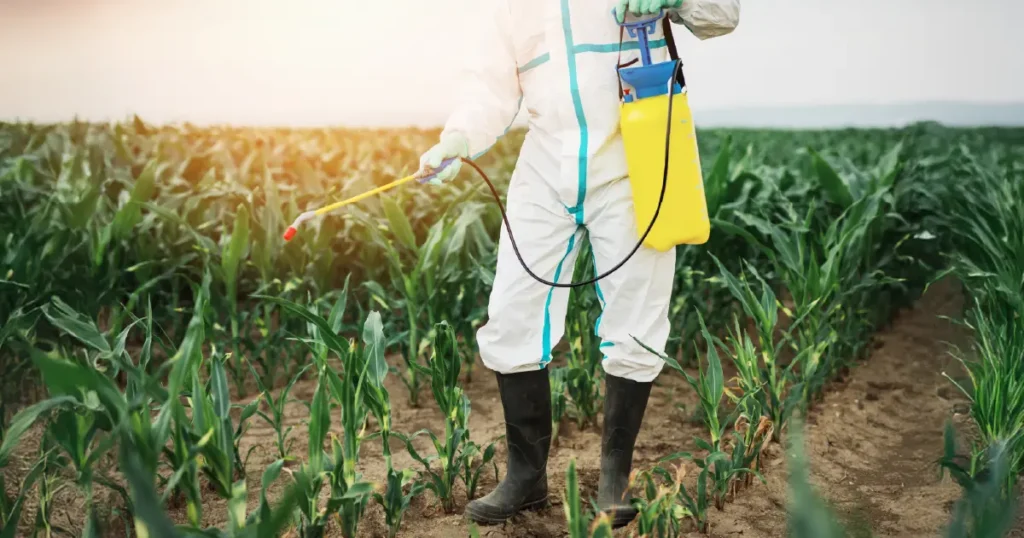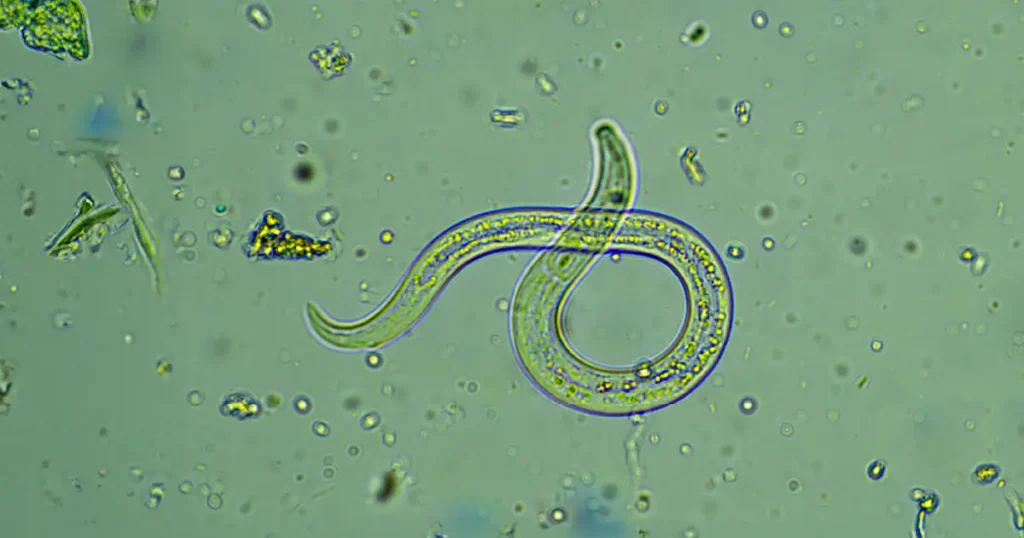The US Department of Agriculture (USDA) today announced the rollout of two biosecurity assessment programs available for commercial poultry farms, one targeting wildlife hazards and the other reviewing biosecurity plans and measures.
The programs are part of plans to prevent the introduction and spread of highly pathogenic avian influenza and dovetail with up to $1 billion in emergency funding announced last month by USDA Secretary Brooke Rollins.
In other avian flu developments, the USDA’s Animal and Plant Health Inspection Service (APHIS) shared more details about the highly pathogenic H7N9 outbreak at a Mississippi broiler farm, and confirmed more detections in poultry and dairy cattle.
Assessments to prioritize egg producers
In a statement, the USDA said APHIS will lead the two assessment programs, which are available to all facilities not currently affected by outbreaks. The wildlife assessments will provide recommendations for facility repairs and wildlife management techniques, with regular engagement that covers wildlife hazards, abundance, and management.
For the biosecurity assessments, APHIS veterinary specialists will work with producers to review biosecurity plans and measures, with an eye toward identifying any gaps.
Though the USDA said the programs are available to all commercial producers, it will prioritize requests from commercial egg-layer facilities in the highest egg-producing states as part of the group’s goal to lower the price of eggs for consumers.
H7N9 in Mississippi poultry likely reflects recent jump from wild birds
Following the recent detection highly pathogenic H7N9 avian flu at a Mississippi broiler farm, APHIS yesterday provided more details. It said some North American low pathogenic H7 viruses that it has detected as part of its wild bird surveillance are closely related to the highly pathogenic H7N9 virus, indicating a recent spillover from a low-pathogenic wild bird virus.
The group said it closely monitors the low pathogenic H5 and H7 subtypes, because they can mutate into highly pathogenic versions in poultry species such as chickens and turkeys.
The outbreak recently detected in Mississippi was the first involving H7N9 in US poultry since 2017.
More detections in US poultry and dairy cattle
Over the past 2 days APHIS confirmed two more outbreaks in poultry, one of them involving a commercial egg pullet farm in Iowa’s Buena Vista County that has about 400,000 birds. The virus also struck a backyard flock of 110 birds in Woodward County, Oklahoma.
Also, the group confirmed three more H5N1 detections in dairy cattle, all from Idaho, bringing the number of affected herds to 989 across 17 states. Though the pace of outbreaks has slowed nationally, Idaho has now reported six outbreaks since the end of February.













